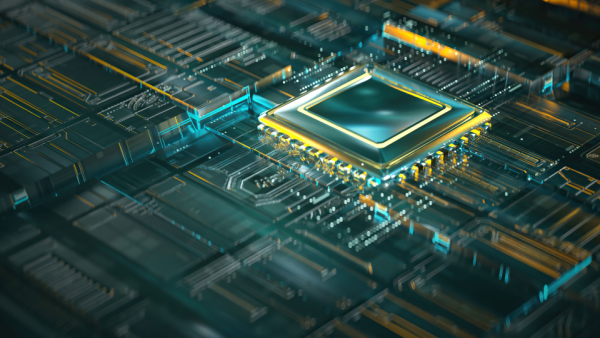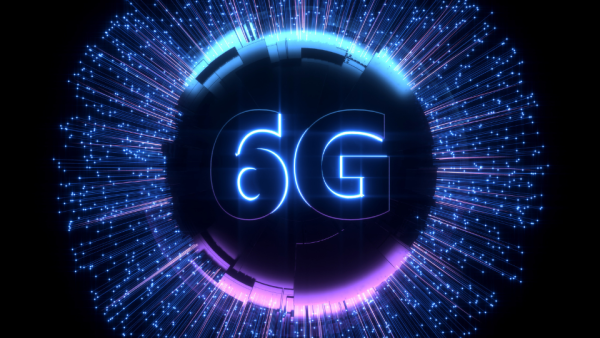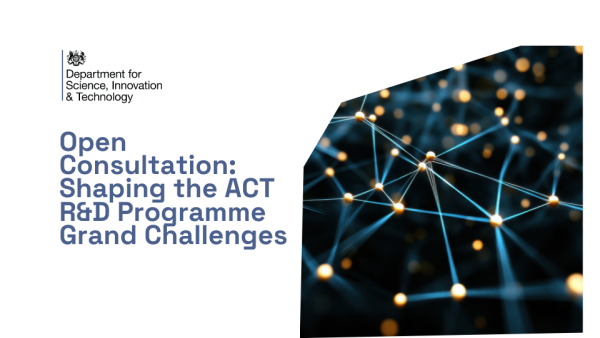Written by Martyn Warwick for TelecomTV

- Utility quantum computing is edging closer to commercial reality, but serious problems are still to be solved
- Error correction tops the list
- Compatibility and interoperability are also stumbling blocks
- Agreed standards and protocols for hardware and software for apps and comms interfaces are required
- There’s a need to optimise data transfer between quantum and classical computers, which are likely to co-exist forever
Over the past five years, quantum computing has come on in leaps and bounds. However, we are still a long way from the era of scalable “utility quantum computing” when the amount of qubits in a device will be numbered in their many thousands rather than in a few hundred, and it will be sufficiently robust to be able to routinely, and very quickly, provide solutions to pressing problems that, whilst not actually beyond the capabilities of classical binary computers in terms of their ability to solve, would take them centuries to actually do so.
Quantum computers are hugely complex and are incredibly susceptible to ‘noise’ (such as heat, electronics, magnetic fields, cosmic radiation and even stray light) impinging on the immensely delicate environment in which they operate. They are error-prone and fault intolerant and as the processor works – even if that is for no longer than a few milliseconds – errors are introduced and accumulate to the extent that the quantum state itself de-coheres. That’s why so much of a quantum computer is devoted to ensuring that its qubits are as protected as possible so that errors are minimised and the quantum state continues for as long as possible.
Many forms of day-to-day technology already require error-protection – telecoms and datacentre operations, for example – but with quantum computing, error correction is such an enormous problem that it has been likened to juggling with loose soot whilst trying to herd cats. The remedy seems to be the “logical qubit” – a set of physical qubits operating together – but they too are very hard to construct and manage.









